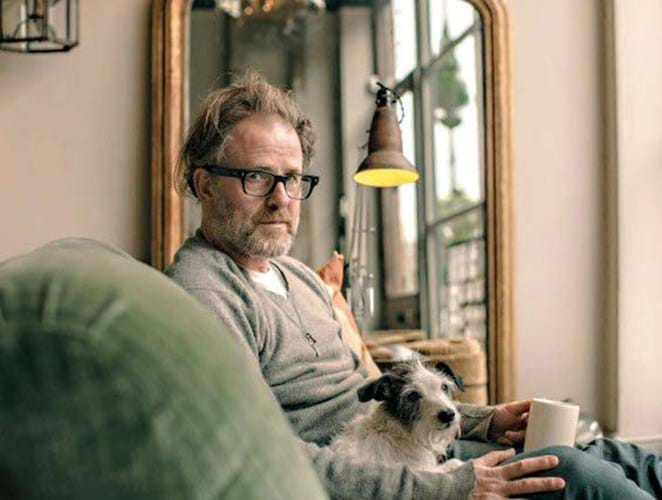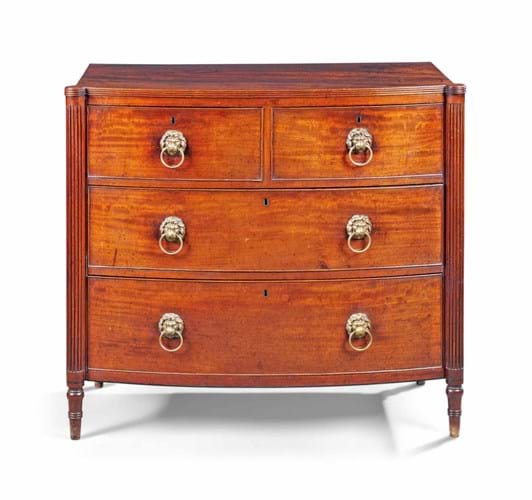
Starting out as a dealer on Bourne Street in 1987, he began restoring the antiques that he bought and sold.
By the 1990s he decided to branch out into making furniture. Business was thriving and he expanded into Pimlico Road in 1995. His nearby original shop is now devoted to a separate business selling leather, new and vintage textiles and wallpapers.
Howe says: “Having a shop here on Pimlico Road is still very important. People can forget you if you are not somewhere noticeable. A shop is more useful than an online gallery as we can use it to present items in the right way. We change our window every 2-3 days. We can’t be static.”
He adds that a large and prominent shop on a well-known road gave him “more buying power and more respectability” as people took him more seriously.
But his decision to sell some of his collection at auction last week at Christie’s was a way to reach a different customer.
Howe says: “We did this because it is a bit of fun and we get a different sort of exposure – it is a different way of selling.”
He first sold a collection at auction in 2004 at Christie’s South Kensington. Now, he has spotted a renewed interest in antiques: “Back in 2004 the sale was ahead of a downward trend for antiques. Now I feel we are on an upward trend.”
This time it formed part of Christie’s London Interiors sale on January 31 and 100% lots sold at a premium-inclusive total of £93,700. In the past quarter, sales of antiques have improved at Howe 93 Pimlico Road too, and comprise 65% of sales compared with 35% for his new furniture.

Christie’s Interiors sale on January 31 included items from the collection of Christopher Howe such as this regency mahogany bow chest-of-drawers, c.1815. Estimated at £2000-3000, it made £5625.
He says: “People are buying antiques not because they are antiques but because they like them. People prefer quality and character and that the design is practical, rather than just the age of an item.”
Howe has a young team around him who are coming up with new ideas for how to use the Pimlico Road space. The basement kitchen hosts client lunches, dinners, book launches and parties to attract new customers and keep exiting clients happy.
But he is still focused on growth for sister firm Howe at 36 Bourne Street. After tests and trials it has created a new oxblood red leather – one that is almost exactly like that used in 18th century furniture making.
A shade Howe hopes will be much in demand from designers, interior decorators and restorers.
The goat skins come from India, once commonly used in the 18th century across Europe, but now hard to find as cow leather has become more popular.
The goat skin is drum dyed giving a more traditional colour than the pigment on modern leather that is sprayed.
With 30,000 sq ft of leather in a warehouse in Camberwell and a 6500 sq ft depot and showroom in Battersea for his furniture and antiques, Howe has plenty of stock for many more years of business. But he still loves to source antiques and visits markets across the UK and France and mentions Sunbury Antiques Market at Kempton Park as favourite.
“I have enough stock but I buy because I love it. Antiques are just great value!”















